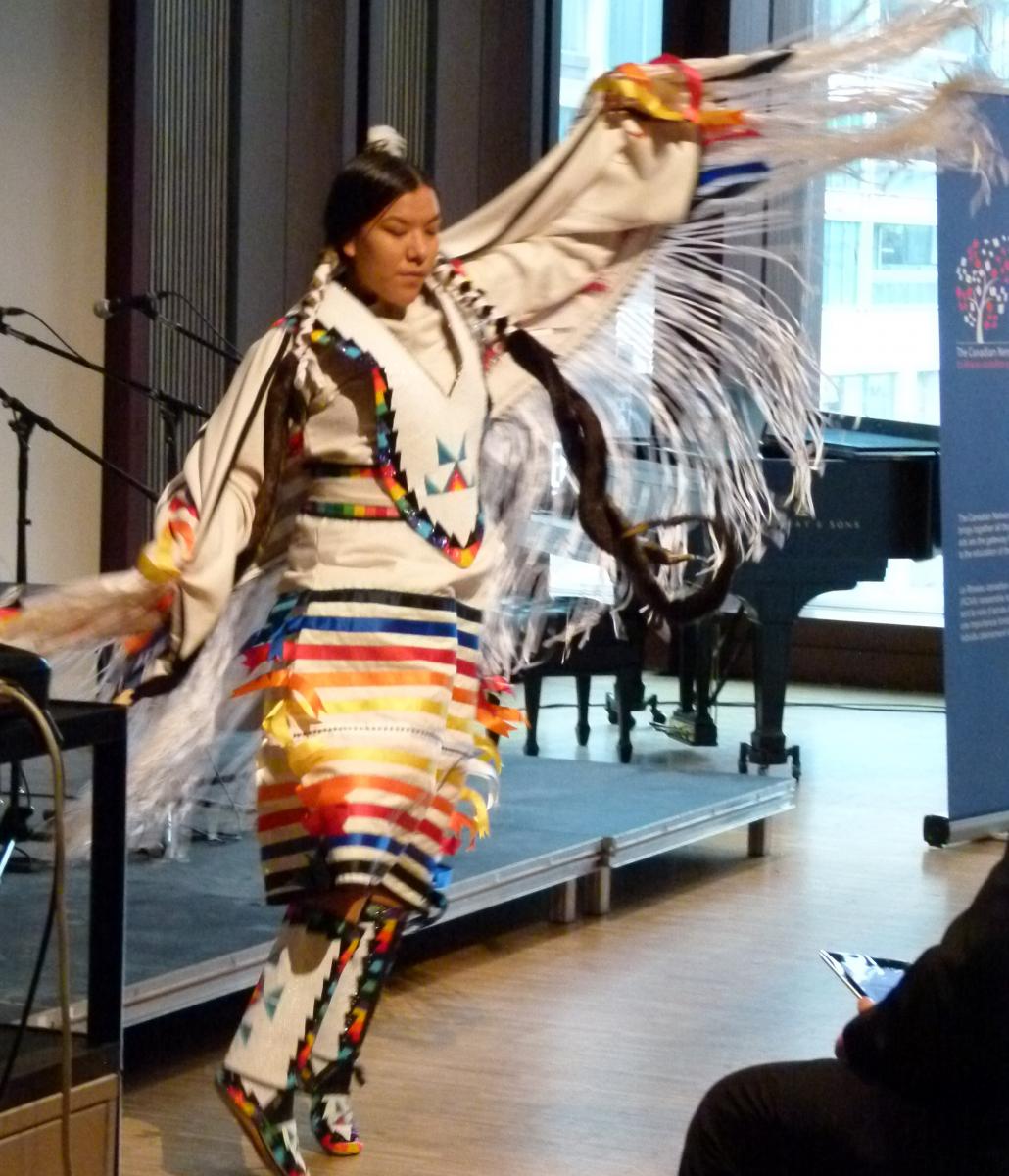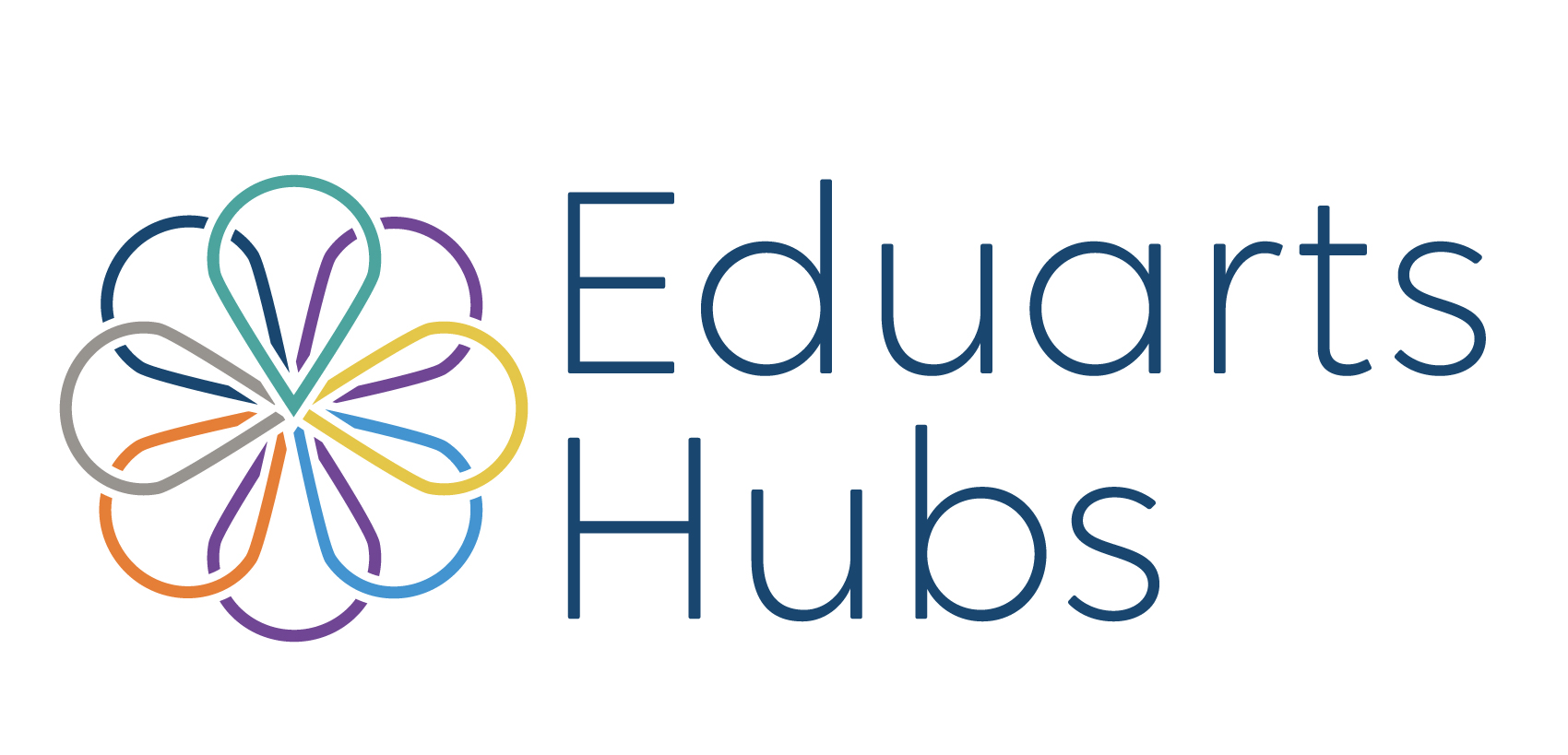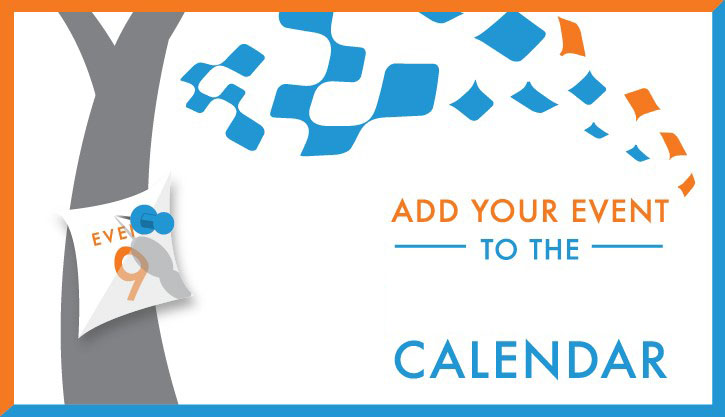Purpose
The program supports professional Ontario-based visual artists to create new work. The program aims to reflect the range of artistic practices in the visual arts, and to support excellence, regional activity, diverse artists and communities.
There are three categories, based on years of professional practice and public presentation of work:
- Emerging artists
- Mid-career artists
- Established artists
Deadline dates
May 1 and November 5, 2024, 1 p.m. ET
The application form will be available in Nova about two months before the deadline.
You will find out whether you got a grant about four and a half months after each deadline.
Important: This program does not provide juror comments or feedback to either successful or unsuccessful applicants.
Grant amount(s)
- Emerging: $5,000
- Mid-Career: $7,500
- Established: $15,000
Important: Partial grants are not awarded.
Recent changes
- The application questions and evaluation rubric have been reworked to better align with OAC’s current strategic plan.
- The restriction stating that applicants could not apply to more than one OAC Visual Arts, Craft or Media Arts project program within the same year has been updated. You must receive confirmation of not being awarded a grant from one program before applying to another program. See the Ineligible Applicants section for details.
Eligible applicants
- professional emerging, mid-career and established visual artists who are Ontario residents
- Established: artists with an extensive body of work and with history of national and international exhibitions and/or those who have achieved a wide degree of recognition. You must have been practicing professionally for at least 15 years (meaning public presentation of your work) to apply to this category
- Mid-career: artists whose professional careers have passed the early stages, who have produced a reasonable body of work and have attained a fair degree of public exposure. You must have been practicing professionally for at least 8 years (meaning public presentation of your work) to apply to this category
- Emerging: artists in the early years of their professional careers who have a small exhibition record. You must have been practicing professionally for at least three years (meaning public presentation of your work) to apply to this category
- artists working in collaboration
- If you create work in collaboration with one or more artist(s), all of the collaborative team members must meet program and category eligibility criteria. Select one artist to apply on behalf of the group. If a grant is awarded, this lead applicant will receive a T4A and will take responsibility for the final report. Describe the collaboration in your artist’s statement and submit artistic examples showing past collaborative work. If you are part of a collaborative team application, you may not apply as an individual artist to the Visual Artists Creation Projects program at the same deadline. If awarded a collaborative team grant, members must skip a year before reapplying to the program.
Note: Applicants must have creative control over the project and hold copyright to the proposed work.
Read the Guide to OAC Project Programs for more eligibility information.
Important: Applicants must meet program and OAC eligibility criteria at the time of application and for the duration of your project.
Ineligible applicants
- Undergraduate or graduate students enrolled full-time at an educational institution.
- Artists who have been awarded a grant in the Media Artists Creation Projects program in the same year.
- Artists who have applied to Media Artists Creation Projects or to Craft Projects in the same year and are still waiting for their results.
Note:
- If you receive a Visual Artists Creation Project grant you must skip a year before you can apply again. For example, if you received a grant at the April 2022 deadline, you may not apply again until 2024.
- Artists, curators and collectives may only receive a grant from one of the following programs per year (based on the year of application deadline):
- Craft Projects
- Curatorial Projects: Indigenous and Culturally Diverse
- Media Artists Creation Projects
- Visual Artists Creation Projects
- Visual Arts Projects
If you have already applied to one of these programs this year, you must wait to receive notification of not being awarded a grant before applying to another one.
What this program funds
- the time and materials needed to create new work for the project(s) described in your application. Eligible expenses include:
- material and supplies, production costs
- studio space or equipment rental
- purchase of small-scale equipment, software, electronics and similar materials required to carry out the project
- artist fees – payment to yourself or other artists engaged in creating the work.
- Artist fees should be calculated based on time or contribution to the project and/or relevant industry standards. The program does not fund living and personal expenses – do not include these as the rationale for the calculation of artist fees.
- travel, only if it is required to create the work (for example, photographer’s travel to the location of the subject of their work)
- childcare and other dependant care fees enabling you to take part in the project (this does not include regular, ongoing expenses)
- visual arts practices including painting, drawing, printmaking, installation, sculpture, performance art, photography and electronic media
Note:
- If you are an artist working in craft, you should apply to the Craft Projects program.
- If you are working in film and video installation, your application may be eligible in either the Visual Artists Creation Projects or the Media Artists Creation Projects programs. Please contact us for more information.
- Applicants to this program who identify as Deaf or as having a disability may apply for supplementary funds for their project-related accessibility expenses through Accessibility Fund: Project Support.
What this program does not fund
- major capital expenditures, including buying, leasing or renovating buildings and purchase of major equipment
- exhibition presentation costs (shipping, crating, installation and framing). See the Exhibition Assistance program
- marketing activities (websites, brochures)
- publications and books
- student or educational projects
- professional development or training activities
- travel costs to exhibitions and events
- commissioned projects
- fundraising projects
- living or personal expenses, such as subsistence
Activity timing
The activity for which you are requesting funding:
- cannot start before the deadline
- cannot finish before you receive your grant results
- must be completed no more than two years after you receive the grant results
Final report requirements
If you receive a grant, you must complete the project and submit a final report in Nova. See Terms and Conditions – receipt of OAC project grant funds for more information on reporting obligations.
In your final report, you will need to provide:
- a description of the project undertaken and its outcomes, including details on any minor or approved changes to what had been outlined in the application.
- 8 images or 8 minutes of video of the work you created with the use of your grant funds (digital images, video files or Vimeo links)
- a numbered list with the title, date and description for each example (PDF)
- documentation and/or an explanation of how you followed or will follow OAC’s Recognition Requirements for Project Grant Recipients
- This should include samples of any promotional or other materials produced for the project that show the OAC and Government of Ontario logos. Read logo guidelines
- This could also include social media screenshots or a description of how you recognized OAC or plan to do so in future activities or materials tied to the project.
To apply
Complete and submit an application in Nova, OAC’s online grant application system. You will be able to do this approximately two months before the deadline.
Before applying, be sure to:
- read the Guide to OAC Project Programs for basic eligibility requirements and other restrictions
- create or update your profile in Nova
Your application will include:
- basic information about the project
- your answers to application questions
- artistic examples– images or video documentation of your work (all categories: maximum of 8 images or 8 minutes)
- If you work in performance art, kinetic sculpture or electronic media, you may submit video artistic examples instead of still images. Subtract one still image for each minute of video included.
- Montages of your work are not permitted. This video may help: Preparing Effective Support Material for Visual Arts and Craft Grant Applications
- support document: résumé (maximum three pages)
- Additional material such as brochures, news clippings and reviews are not accepted.
Complete instructions and requirements are in the application in Nova.





